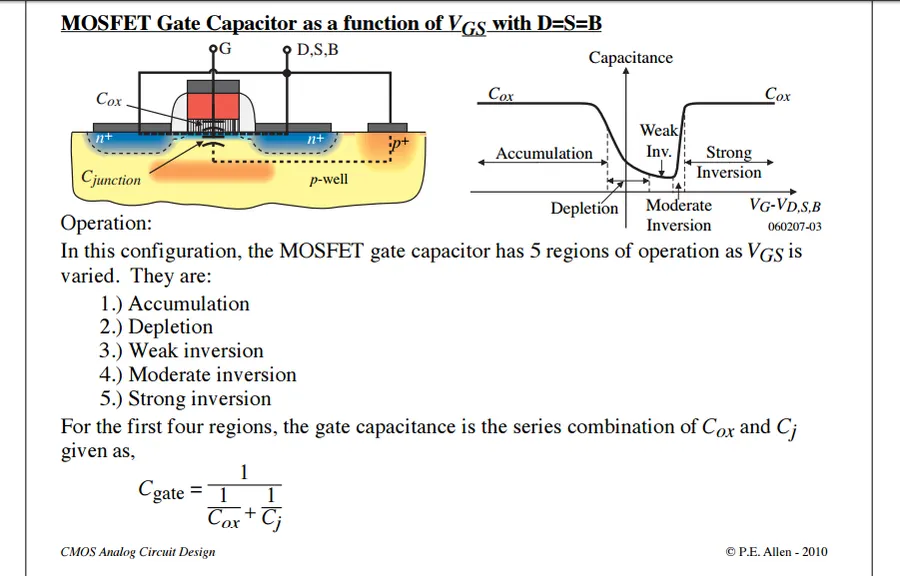Alright folks, been digging into power circuits again this week, specifically those MOSFET things everyone talks about. Kept hearing about “capacitance” being a big deal with them, especially when things get hot or switch fast. Honestly? Was a bit fuzzy on exactly why it kicked your butt so hard sometimes. So, figured I’d just grab my tools and poke around, see for myself. Here’s how it went down.

Getting My Hands Dirty
Started simple. Pulled out a couple of my go-to MOSFETs from the parts bin – you know, the common ones you use for like small buck converters or motor control. Dusted off the old oscilloscope and the trusty function generator. Also grabbed my bench power supply and a load resistor, just a basic setup to switch this thing on and off. Key thing? Needed to see what happens during that turn-on and turn-off moment.
First, I wired up the circuit. Power supply set to something sane, like 10V. Function generator hooked to the gate pin to act like the switch signal. Scope probes – one on the gate, obviously, gotta see when you’re telling it to switch. Then, CRITICAL PART, slapped the other probe on the drain. That’s where the action happens, where the main current flows.
- Moment of truth: Fired up the function generator, sent a nice square wave signal to the gate. Looked at the scope. Whoa. The drain voltage wasn’t snapping up and down cleanly like I’d kinda hoped. It was sluggish. Like trying to push a heavy sofa across carpet – slow to get going, slow to stop.
- Felt the heat: Running this for a few minutes? Tiny board, but man, the MOSFET was getting warm. Way warmer than the little power going through should cause. That inefficient feeling, you know?
Digging Deeper into the Sluggishness
Okay, why the slowness? Why the heat? This is where “MOSFET capacitance” slapped me in the face. It wasn’t just about turning on a switch anymore. That gate pin? It’s like the door handle. But opening the door actually means charging up little electrical “storage boxes” inside the MOSFET before the main power can flow through.
I remembered reading about three main types:
- Input Capacitance (Ciss): This is basically charging up the gate itself, like getting the door handle ready to move.
- Output Capacitance (Coss): This one sits on the drain side. Imagine filling a bucket before the water (current) can really flow out. Slows everything down when turning OFF especially.
- Reverse Transfer Capacitance (Crss): This sneaky one? It lets the drain voltage affect the gate! Wild, right? Can make your nice crisp control signal messy.
Saw this mess directly on the scope. Those slow edges? That’s charging and discharging Coss. The weird little wobble or bump on the gate voltage when the drain snapped? Yeah, that was Crss kicking back like an echo.

Why It Matters So Damn Much
So, after playing around, changing switching speeds, swapping a different MOSFET with lower capacitance specs… it became crystal clear why these little invisible capacitors are such a headache:
- Speed Kills (Efficiency): Those slow switch times? It means the MOSFET spends more time halfway on, where it’s basically just a heater. Zaps your efficiency. All that warmth I felt? Pure wasted power. Faster you wanna switch to save power, worse this gets.
- Gate Drive Gets Messy: That Crss effect? It can force your gate driver to work harder, sucking more current just to overcome the kickback. If you skimp on driver strength? Things just get sluggish again. Vicious cycle.
- Noise Factory: Rapidly charging/discharging those caps? That means sudden bursts of current. On a messy breadboard? Noise galore. Saw weird spikes everywhere messing with my readings. Pain to troubleshoot.
- Thermal Runaway Trap: Slower switching = hotter chip. Hotter chip… actually changes its characteristics! Capacitance can even go up with temperature. Now you’re stuck in a loop – heat makes it switch slower, slow switching makes more heat… Boom. Magic smoke time if you’re unlucky or pushing limits. Definitely had one shut down my circuit!
- Not Just One Number: Datasheets throw Ciss, Coss, Crss at you. But they depend on voltage! Higher drain voltage? Often means lower capacitance. Gotta look at the graphs, not just the headline number at one voltage. Tested this – changed my supply voltage and saw the slope of the switch waveform change. Stuff’s dynamic!
Bottom line? Treating a MOSFET like a simple switch gets you burned (sometimes literally). Those capacitances force you to think about gate drive strength, switching speed choices, circuit layout for clean power, and thermal design. Ignore them, and your circuit might kinda work… but slow, hot, and noisy. Learned that the hard way today! Okay, rant over. Coffee break time.

